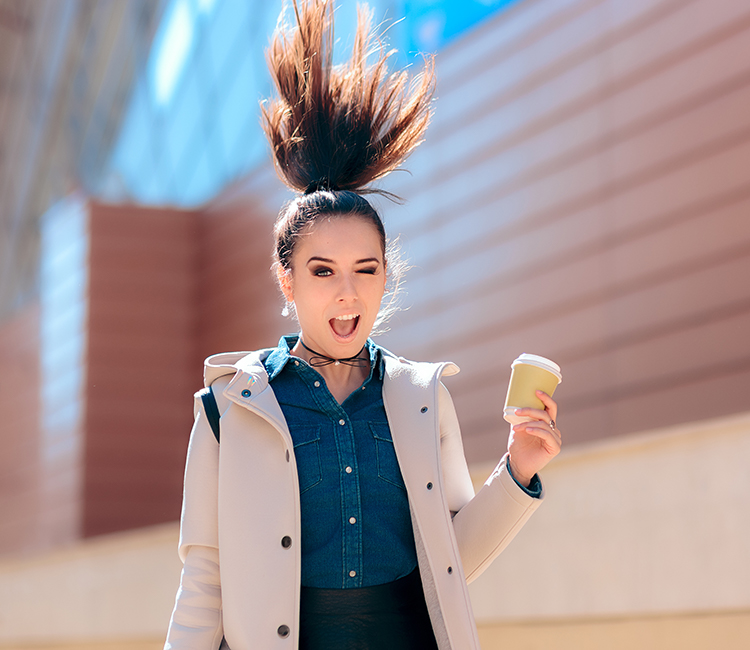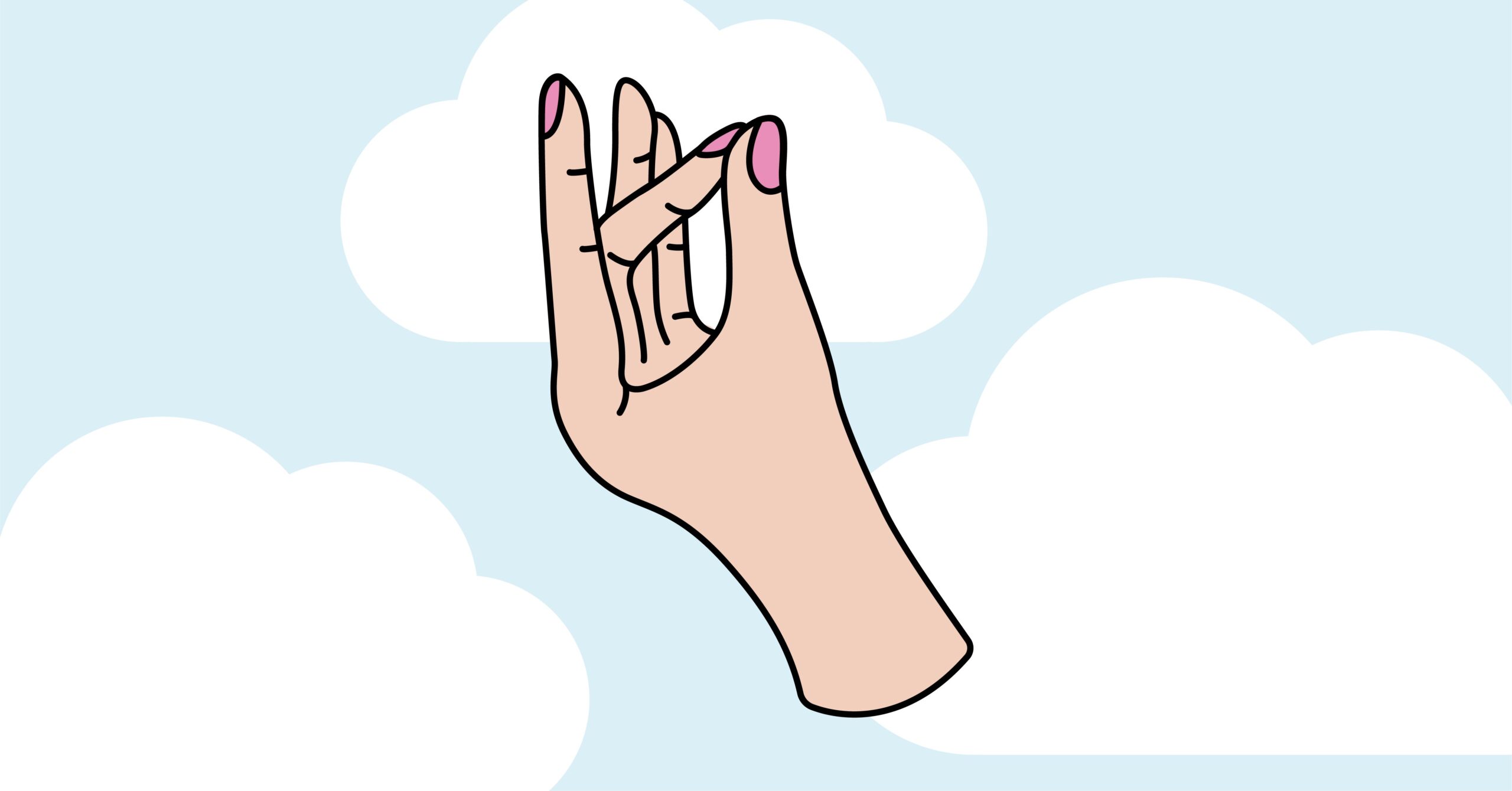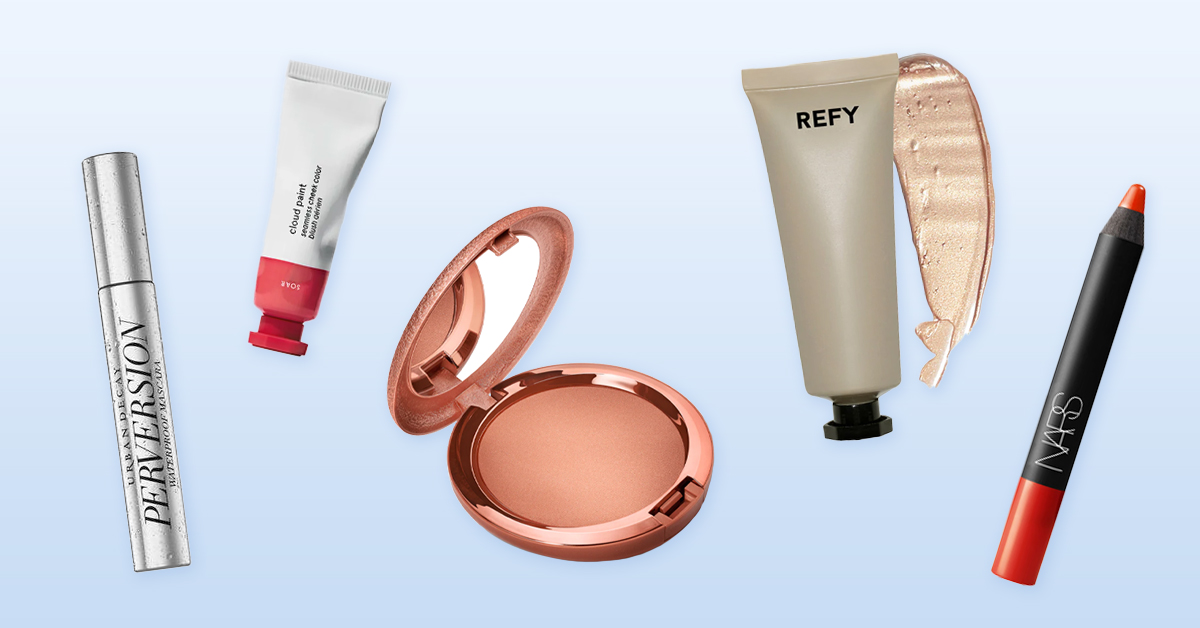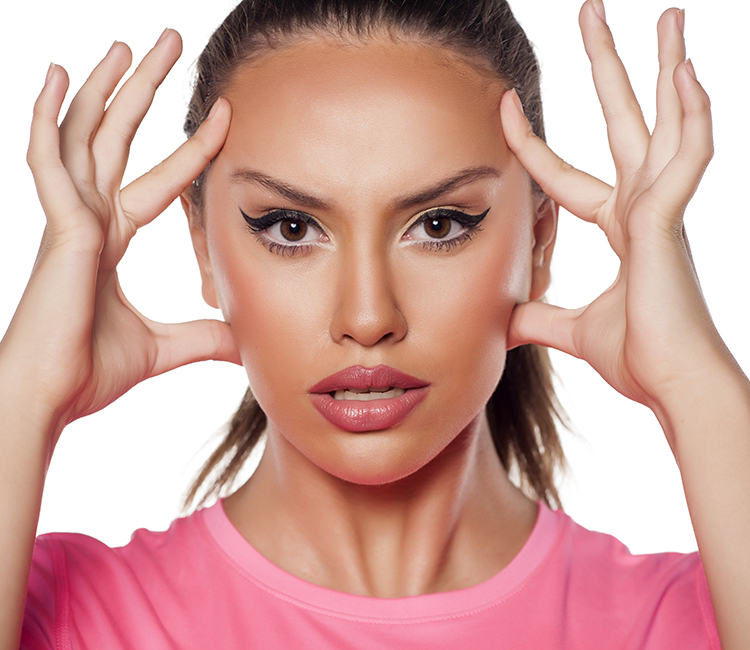Over 85% of adults in the US consume caffeine, and the average amount of caffeine consumed daily is around two cups of coffee. While caffeine consumed in low doses is usually harmless, caffeine intake higher than 400 milligrams can cause anxiety, dizziness, and increased heartbeat. It can also cause insomnia and restlessness. Is your caffeine consumption out of control? Here’s how to kick your caffeine addiction for good.
Cut back on caffeine or quit it?
Based on how much caffeine you consume, you can either cut back on your caffeine intake or quit it altogether. When consumed mindfully, coffee has a lot of health benefits, including lowering the risk of cancer and diabetes.
If you’re looking to cut back on caffeine (or quit altogether), follow these helpful hints:
- Keep track of how much caffeine you’re consuming. Document your intake for a few days, and then add up all the milligrams of caffeine. You might be surprised by how much caffeine you’re actually consuming. Then make it a goal to limit yourself to one cup of coffee a day.
- Cut back slowly. Don’t go cold turkey, which will only set you up for failure. If your caffeine consumption is high, then gradually decrease it by having two fewer cups of coffee per week until you’re down to one or none. This strategy will help to mitigate withdrawal symptoms such as headaches, fatigue, anxiety, and irritability.
- Choose a different coffee drink. If you usually order an espresso, then consider ordering a drink with less caffeine than a cup of coffee.
- Cut back on other caffeinated drinks. Do you drink caffeinated soda? Then you should cut back on that, too. Instead, try a healthier alternative to caffeinated soda, such as flavored sparkling water.
Are you psychologically dependent on caffeine? 
Gradually decreasing your caffeine consumption to prevent physical withdrawals is one thing, but if you’re psychologically hooked on caffeine, there are many ways you can trick your mind and body into thinking you’re consuming more caffeine than you actually are:
- Switch to half caffeine. You’ll be able to drink the same amount of volume as full caffeinated but only ingest half the caffeine.
- Try a caffeine alternative. There are tons of caffeinated coffee alternatives available, such as Teeccino, to help you get your coffee fix without all the caffeine.
- Drink more water. To stay hydrated without needing to drink your usual coffee or tea, drink more water throughout the day. You can even add lemon and cucumber slices to make it more appealing.
- Switch to tea. Tea has less caffeine than coffee does. Black teas have the highest caffeine content with between 60 and 70 milligrams of caffeine per serving. Green tea contains 30 to 40 milligrams of caffeine per cup, and white teas only have between 5 and 30 milligrams of caffeine.
Conquer caffeine withdrawal with exercise
Cutting back on, or giving up, caffeine is not easy at times. But you can fight any potential caffeine withdrawals by exercising more often. Go running, walking, or hiking for 30 minutes a day — it’ll release endorphins, which help to curb headaches and mood swings.
Follow the above suggestions to finally get your nicotine addiction under control.
References
- “How to Kick Your Caffeine Addiction and Actually Enjoy Your Coffee Again,” Lifehacker, September 19, 2012.
- “Kicking the Caffeine Habit,” Psychology Today, February 18, 2013.
















